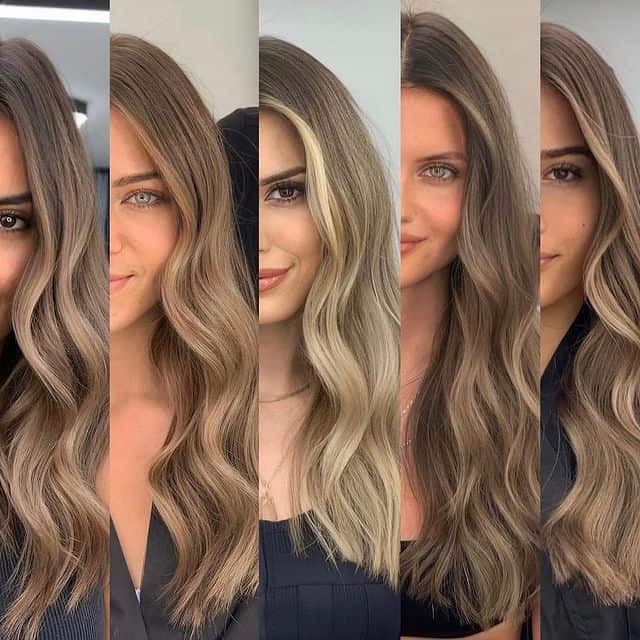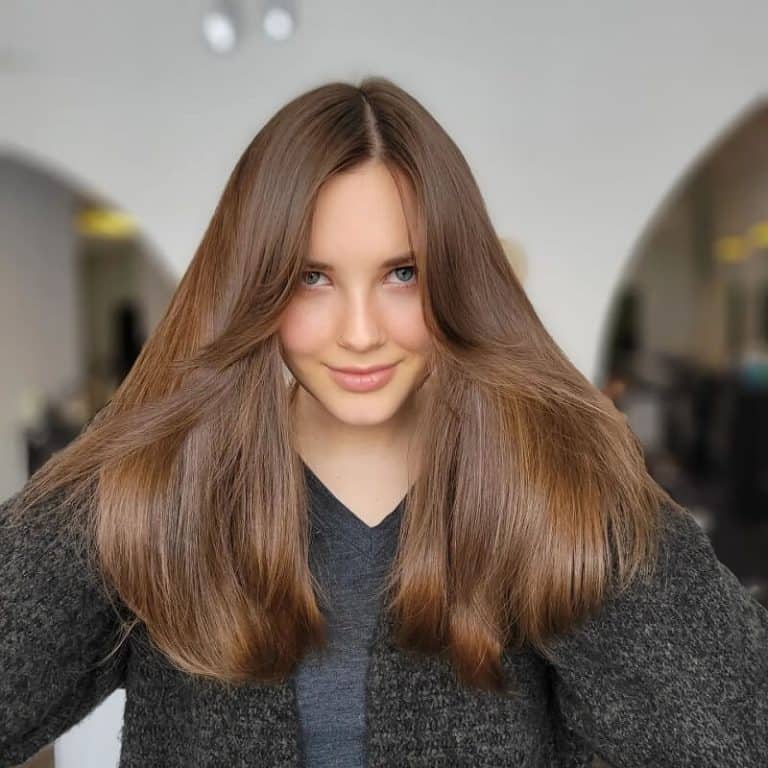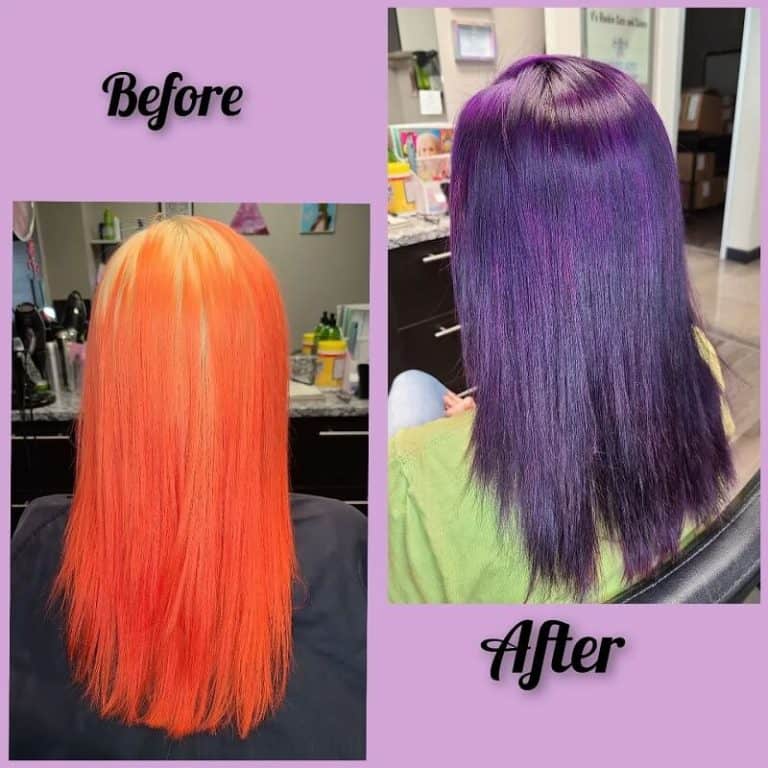Babylights vs Balayage : What’s The Key Difference?
The art of coloring hair has always been part of hairstyling. Yet, it is so 2022, and more girls are getting into it. ‘Highlights’ captures hair colors and the different streaks you could ever desire – making Babylights vs Balayage a hot topic. Hair colorists use various techniques to get the perfect color for your hair without changing the roots.
Right now, balayage and babylights are two of the most popular coloring techniques, and each performs a peculiar role. This article will discuss the balayage and babylights, their similarities and differences, and what you should consider before opting for them.
What Is Balayage?
The word balayage sounds like french, and it is; translated as ‘free strokes,’ ‘freehand,’ or ‘hand sweeps.’ That is not surprising because the technique originated in France. In the 1970s, hair stylists used free hand strokes or sweeps to color hair, and the name stuck, hence the technique.
Some Key Points about Balayage:
- Balayage focuses on the tips of your hair so that the hair roots retain their natural color.
- The effect is typically achieved with bleach or a lightning chemical.
- It is applied to the surface of each section of hair but is not saturated towards the ends – the goal is a softer highlight at the root and a thicker highlight at the ends of the hair.
- Overall, the tip of your hair has the most highlight, giving you the sun-kissed effect people like to rock during summer.
- Unlike other highlight techniques, the balayage does not use foils.
- The colorist is in total control, and a soft effect is expected.
- Most times, you can stretch a retouch for as long as you like. However, it stays between 12 and 14 weeks typically.

What Is Babylights
As the name suggests, babylights are smaller highlights. They take the resemblance of the natural hair highlights found in kids. They are also considerably light and produce a natural look like the balayage.
Some Key Points About Babylights:
- When applying babylights to the hair, the colorist uses foils.
- These foils are often wrapped around the hair- similar to the traditional highlights.
- Babylights hair is cut into smaller sections so each section is close to the other.
- The proximity allows the color to blend and produce a good effect.
- Because the babylights focus on a few strands of hair per time, it is time intensive and may cost you.

Balayage vs. Babylights
Balayage is popular in the summer because it turns out more natural and casual. It also has a free flow that makes your root more obvious. Babylights, on the other hand, have a polished appearance- like something out of a magazine. They are a more laid-back version of the classic highlight so that they are softer and subtler.
The balayage is more effortless to achieve and usually has less maintenance. Babylights can be applied to any hair type or color and may match your skin tone. Thus, brunettes and redheads can also enjoy baby lights.
| Balayage | Babylights | |
| Hair Color | Natural, sun-kissed appearance. Roots are usually intact. | Natural and lighter shade. Roots also appear lighter. |
| Overall Appearance | Provides a multidimensional color. Lighter strands are subtly and masterfully woven with your natural, darker color. | To simulate how the sun would naturally lighten a child’s face-framing hair, subtle babylights are applied around the face. |
| Cost | Balayage is a traditional hand paint on the high side because it requires more blending. | Babylights are also pricey yet time-consuming, but stylists tend to work faster to avoid overprocessing. |
| Maintenance | Typical maintenance takes 12 to 14 weeks and even longer. | Babylights may be retouched within 6 to 8 weeks. |
| Tone and brightness | Balayage is suitable for lighter hair. | Babylights are ideal for dark hair. |

There are no sharp lines or visible patterns in the lightened portions of balayage color because it is hand-painted onto the hair. The very fine strands are gradually brightened immediately below the roots and down the length of the hair. With balayage, it’s difficult to tell where the lighter sections begin or end.
Babylights are less dynamic. Again, balayage can damage hair shafts because it does not lift the hair out of its roots. This can cause breakage and cuticle damage. Babylights, on the other side, have foils acting as insulating material. Therefore there is less damage.
Similarities Between Balayage and Babylights
We have discussed the major differences between Balayage and Babylights, but some features are similar.
- Both techniques entail lightening sections of your hair.
- Both produce natural effects, adding dimensions to the sections.
Things to Consider
Although balayage and babylights provide desirable outcomes, nothing beats the pampering effect of a custom color job. We don’t think hair coloring can be boiled down to a few different methods but should be tailored to each client, whether utilizing a combination of approaches or sticking to a single one.
Your stylist will learn more about you, your mood, and your hair goals. They’ll ask about your preferences and concerns before coming up with a one-of-a-kind approach to coloring your hair tailored just to you. Therefore, you should consider these things and the expertise of the professional before talking to them.
Coloring, particularly bleaching, is a labor-intensive process requiring a skilled stylist’s full attention. An experienced stylist will consider your hair’s thickness, length, and texture in addition to the color’s location and density before deciding the best method.
Final Words
Think about your hair goals before deciding between balayage and babylights. The intended aesthetic effect of a balayage, which is to display the transition from dark roots to bright ends, will be lost if you keep an updo for a longer period. On the other hand, wearing your hair loose and down will showcase the balayage transition. Babylights are the way to go if you’re looking for versatility in your hairstyle options. In all, there’s no wrong way to wear them.






